Table of Contents
- What Is Clicker Training?
- Why Clicker Training Works
- The Right Gear
- Charging the Clicker: How to Start
- First Exercises for Beginners
- Using the Clicker in Everyday Life
- Common Mistakes & How to Avoid Them
- Pro Tips for Lasting Success
- Quick Reference Table
- Conclusion
What Is Clicker Training?
Clicker training is a modern method of positive reinforcement. A short, consistent “click” precisely marks the moment your dog performs the behavior you want. The reward follows immediately after the click. This clear timing helps dogs learn fast—without pressure or punishment.
Developed for marine mammals, the technique took off in dog training because it communicates with precision, is fair, and keeps motivation high.
Why Clicker Training Works
- Precision: The click pinpoints the exact behavior—clearer than verbal praise.
- Faster learning: Dogs link behavior and reward right on time.
- Higher motivation: Training is fun and strengthens your bond.
- All ages: Great for puppies, adult dogs, and seniors.
- Versatile: From everyday manners to complex tricks.
The Right Gear
- Clicker: Classic, muffled, or finger clicker for quieter spaces.
- Rewards: Small, high-value treats (easy to swallow) or a favorite toy.
- Leash/long line: For safe outdoor training; guide gently, never yank.
- Optional: Treat pouch so you can reward instantly.

Charging the Clicker: How to Start
- Click → give a treat immediately. (Order matters!)
- Repeat 10–15 times in a quiet room.
- Test: Does your dog look to you expectantly after the click? If yes, they understand: Click = reward.
Tip: Do 2–3 mini sessions (1–2 minutes). Short and sweet keeps focus high.
First Exercises for Beginners
1) Eye Contact (“Watch me”)
Wait for your dog to glance at you. The moment it happens: click → reward. Repeat. Your dog learns to offer attention on their own.
2) Hand Target
Hold a flat hand a few inches from your dog’s nose. When they touch/sniff it: click → reward. Later use this to guide politely (e.g., pausing at curbs).
3) “Sit” without luring
Capture a natural sit. Mark with a click and reward. After a few reps, say “Sit” just before your dog is likely to sit so the word gains meaning.
4) Loose-Leash Micro-reps
Walk 2–3 steps with a loose leash. If it stays loose: click → reward. If there’s pulling, stop, reset, and try again. (More on this in our guide Leash training.)
Using the Clicker in Everyday Life
- Door manners: Dog waits calmly before the door opens → click for the calm wait.
- Leash greetings: Dog looks at you instead of lunging → click the calm alternative behavior.
- Recall: Mark short distances first (click when your dog turns and comes) and pay well. See recall training for details.
Common Mistakes & How to Avoid Them
- LATE clicks: Dog can’t tell which behavior was right. Practice timing; start with simple scenarios.
- Click without reward: The click loses value. Always follow with something good.
- Sessions too long: Leads to frustration. Keep them 1–3 minutes, but do them often.
- Difficulty jumps too fast: First master behaviors in quiet places, then add distance/distractions.
- Only clicking the final behavior: Also click small steps to keep motivation high.
Pro Tips for Lasting Success
- Mix rewards: Food, play, or environmental rewards (e.g., continue the walk).
- Build cues cleanly: Capture the behavior first, then add the verbal cue, then add distractions.
- Generalize early: Practice the same cue in new places, at different times, with new distractions.
- Fade helpers: Gradually reduce lures/hand signals so the verbal cue stands alone.
- Track progress: A tiny training log helps spot wins and sticking points.
Quick Reference Table
| Method | Positive reinforcement with a precise marker (“click”) |
| Getting started | 10–15 clicks followed by treats in 1–2 short sessions |
| Session length | 1–5 minutes, multiple times per day |
| First exercises | Eye contact, hand target, captured “sit,” short loose-leash reps |
| Common mistakes | Poor timing, click without reward, jumping difficulty too fast |
| Gear | Clicker, small treats, (long) leash, optional treat pouch |
Conclusion
Clicker training is simple, fair, and highly effective. With short, regular sessions, sharp timing, and varied rewards, you’ll see quick progress on recall, loose-leash skills, and calm behavior at home and outdoors. For beginners, it’s an ideal foundation for positive, successful training.


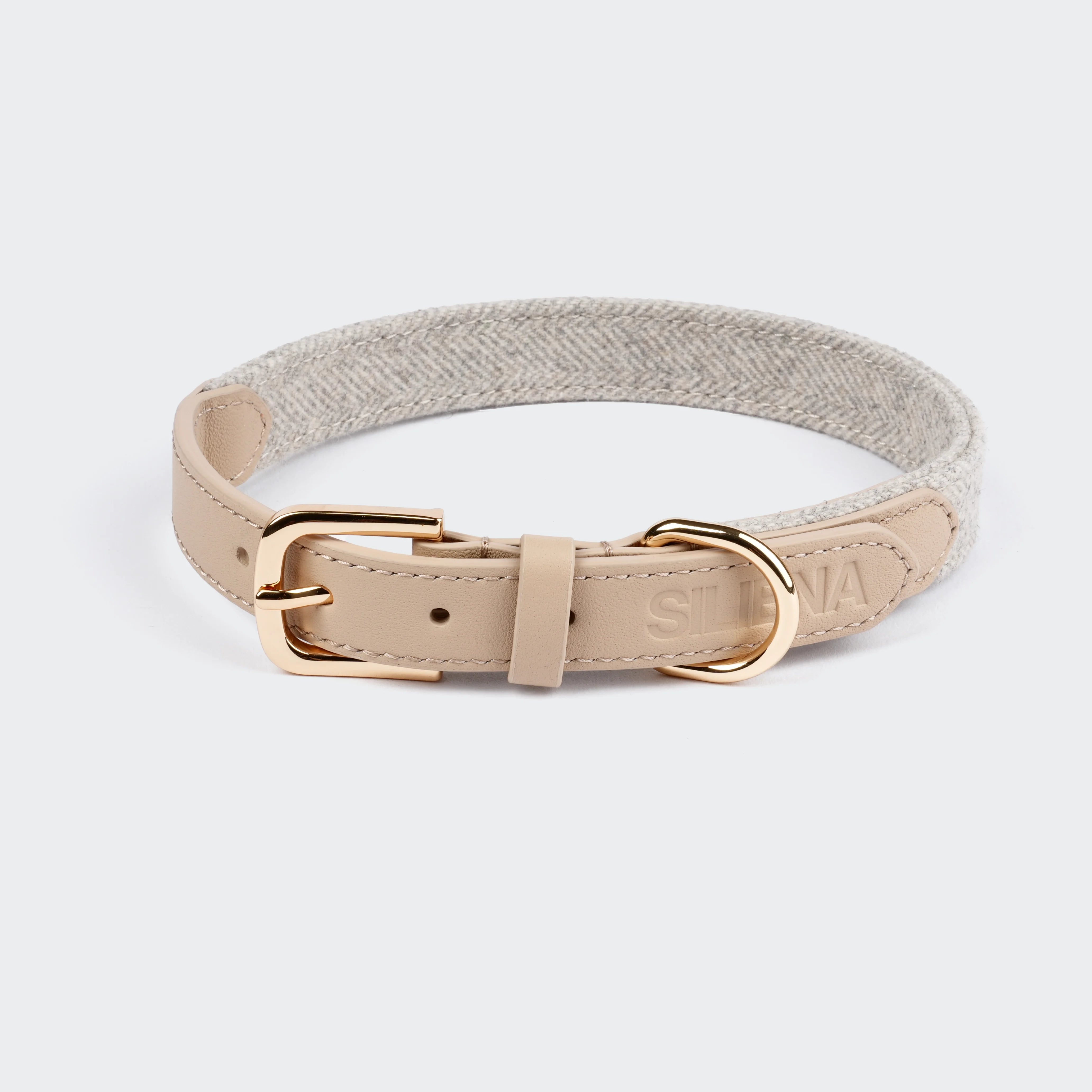
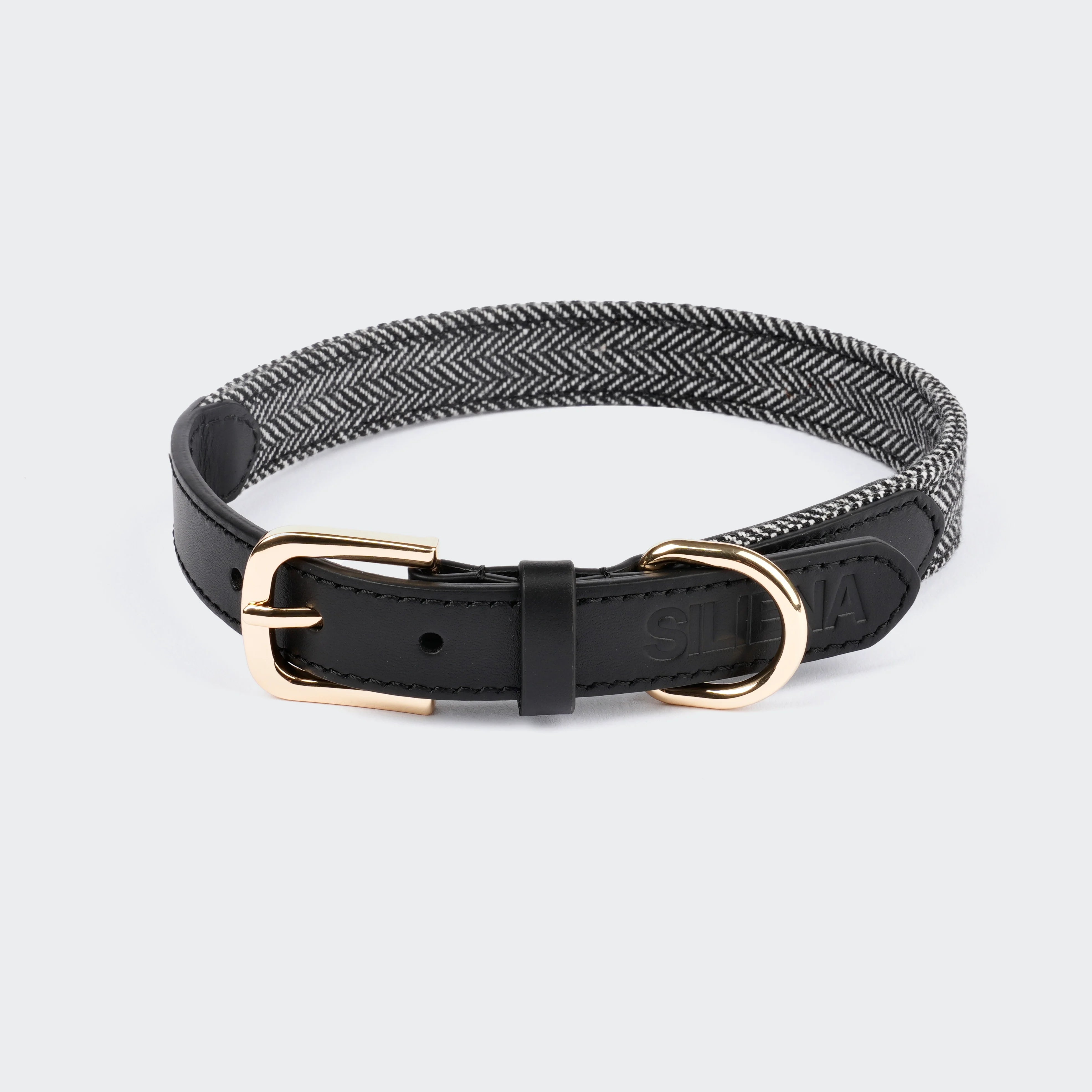
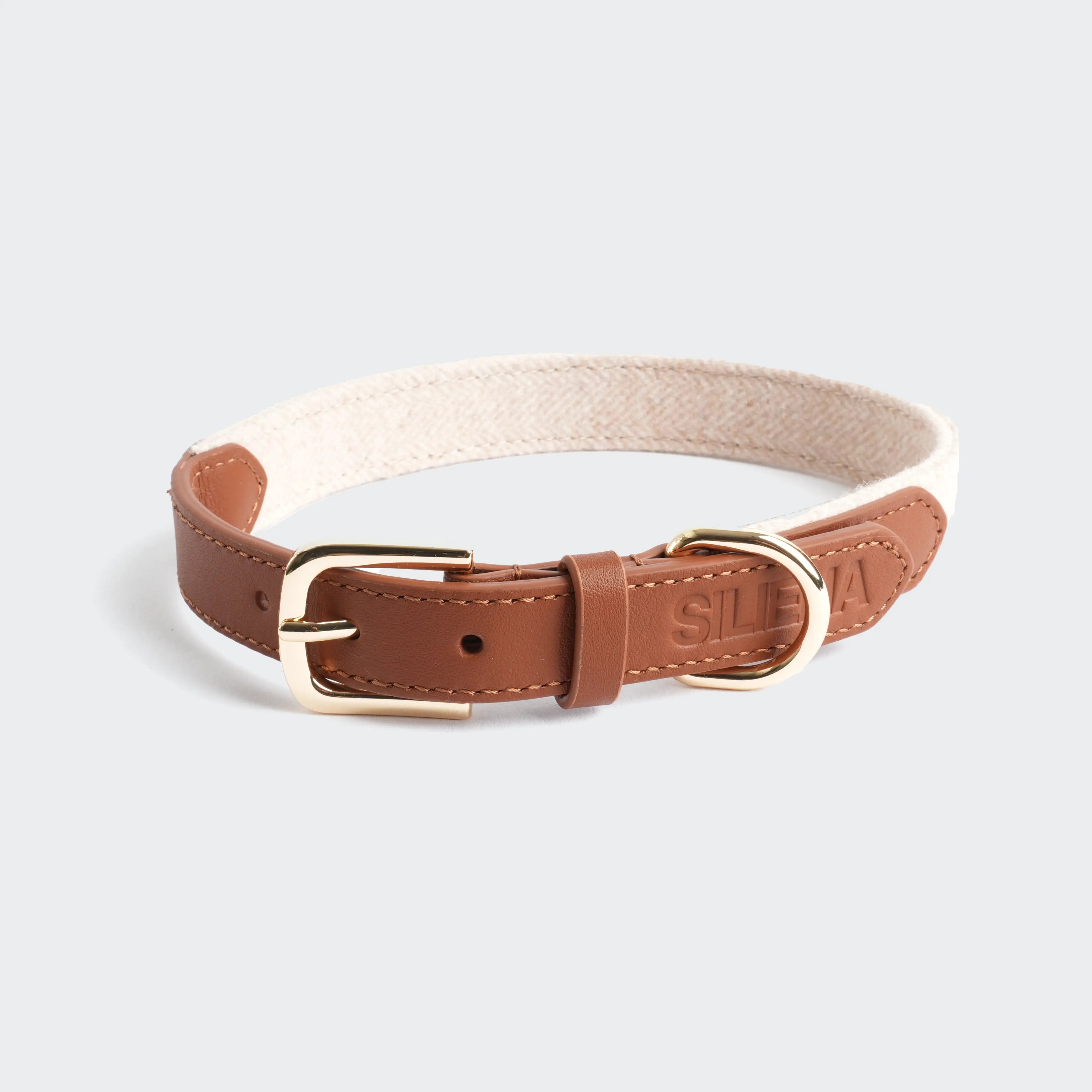
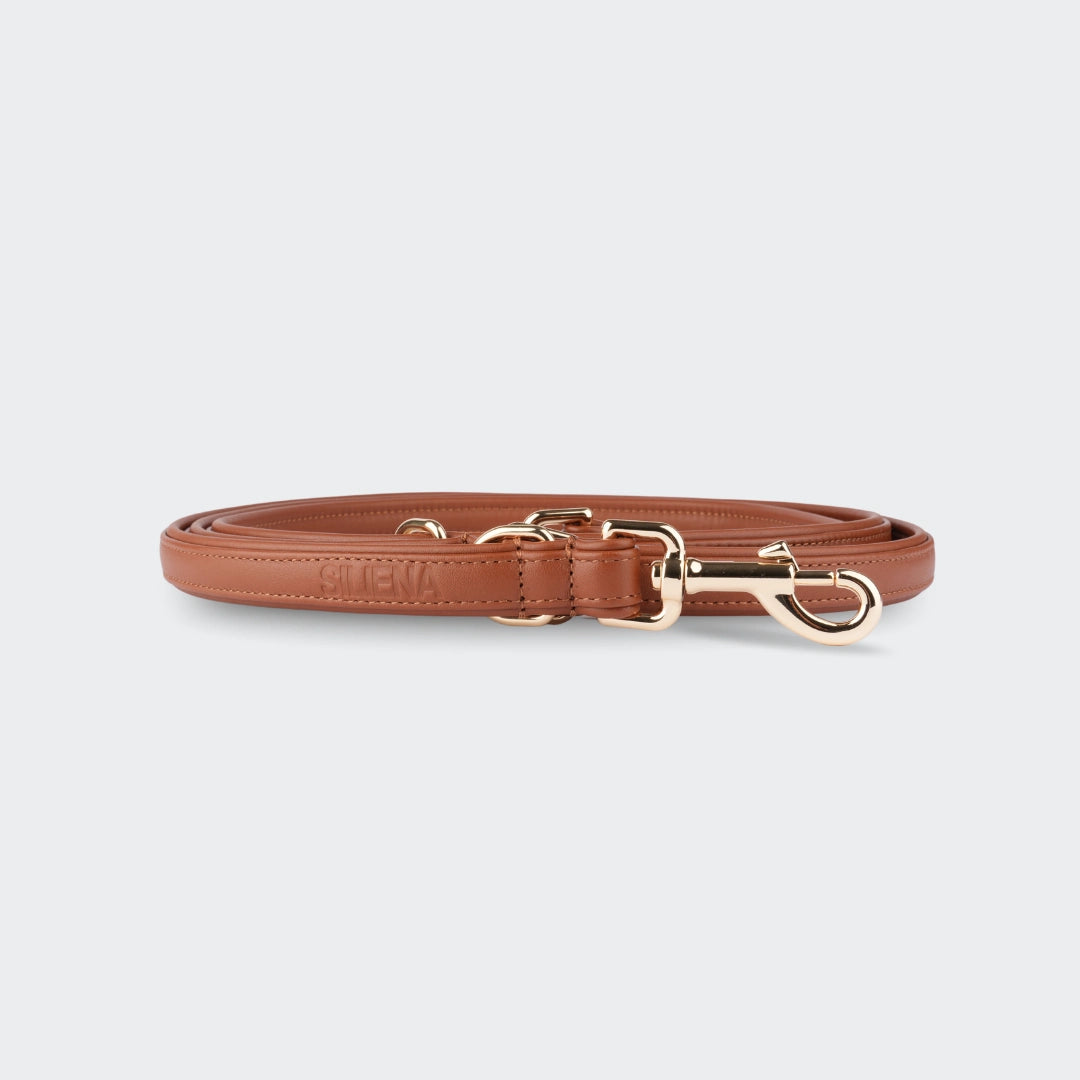
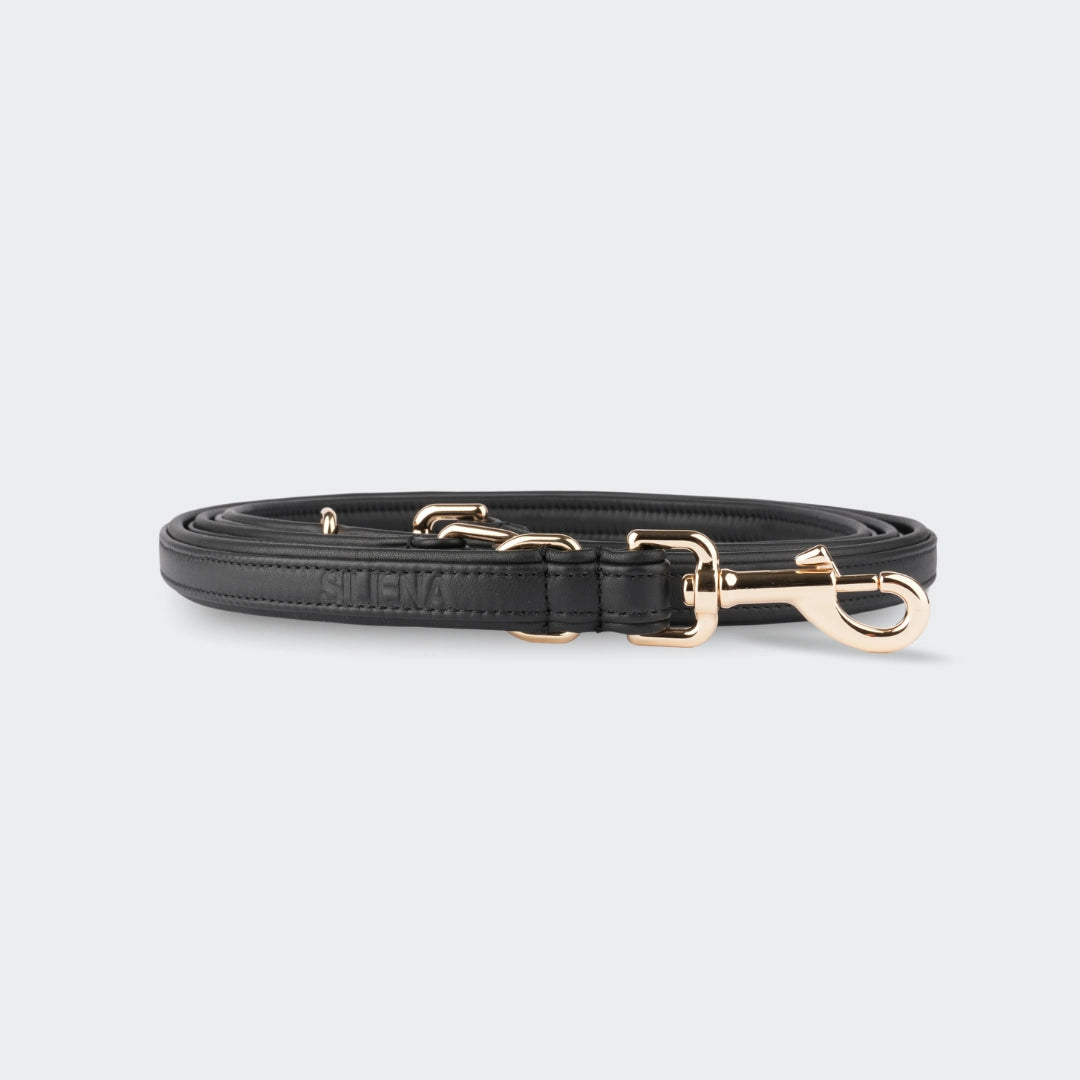
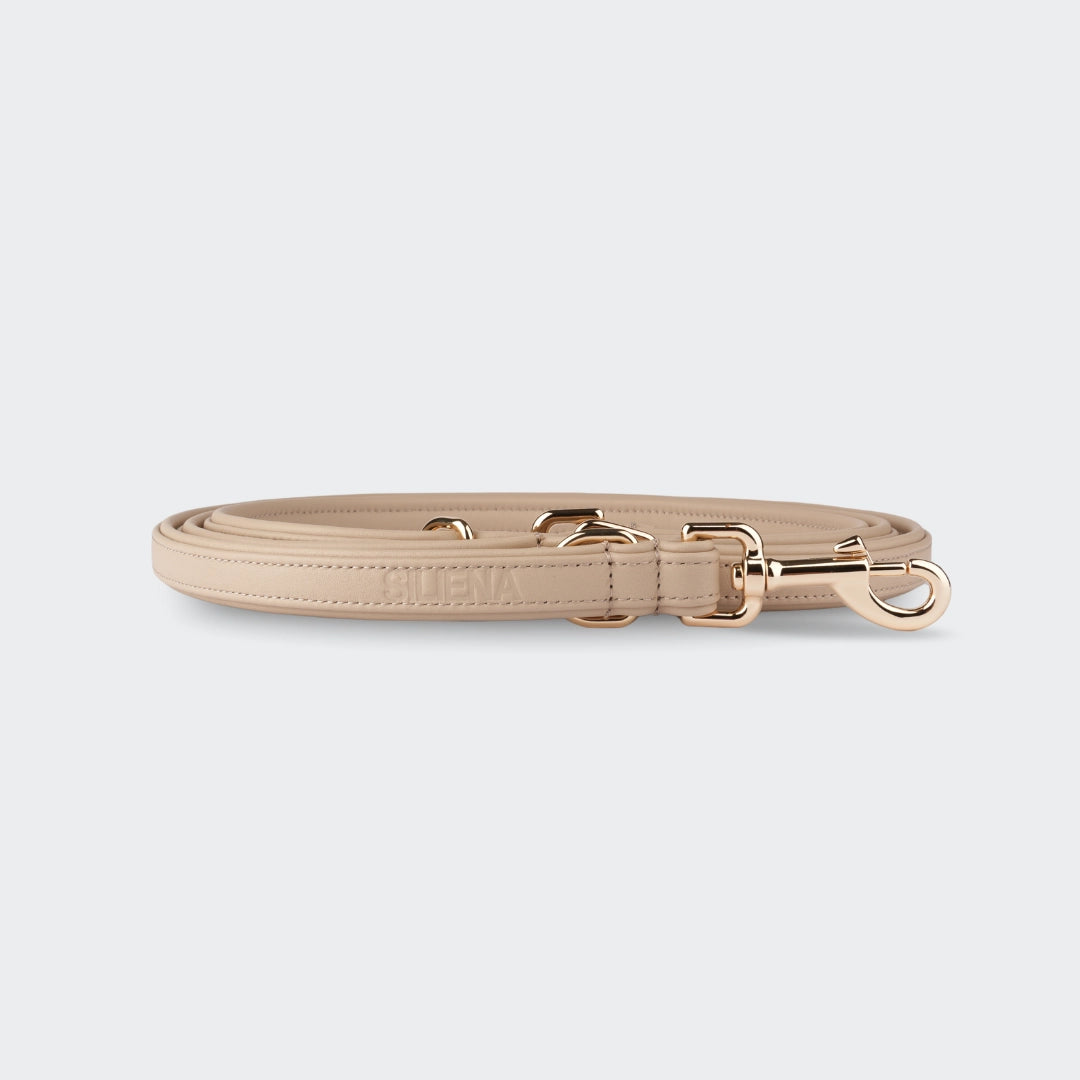
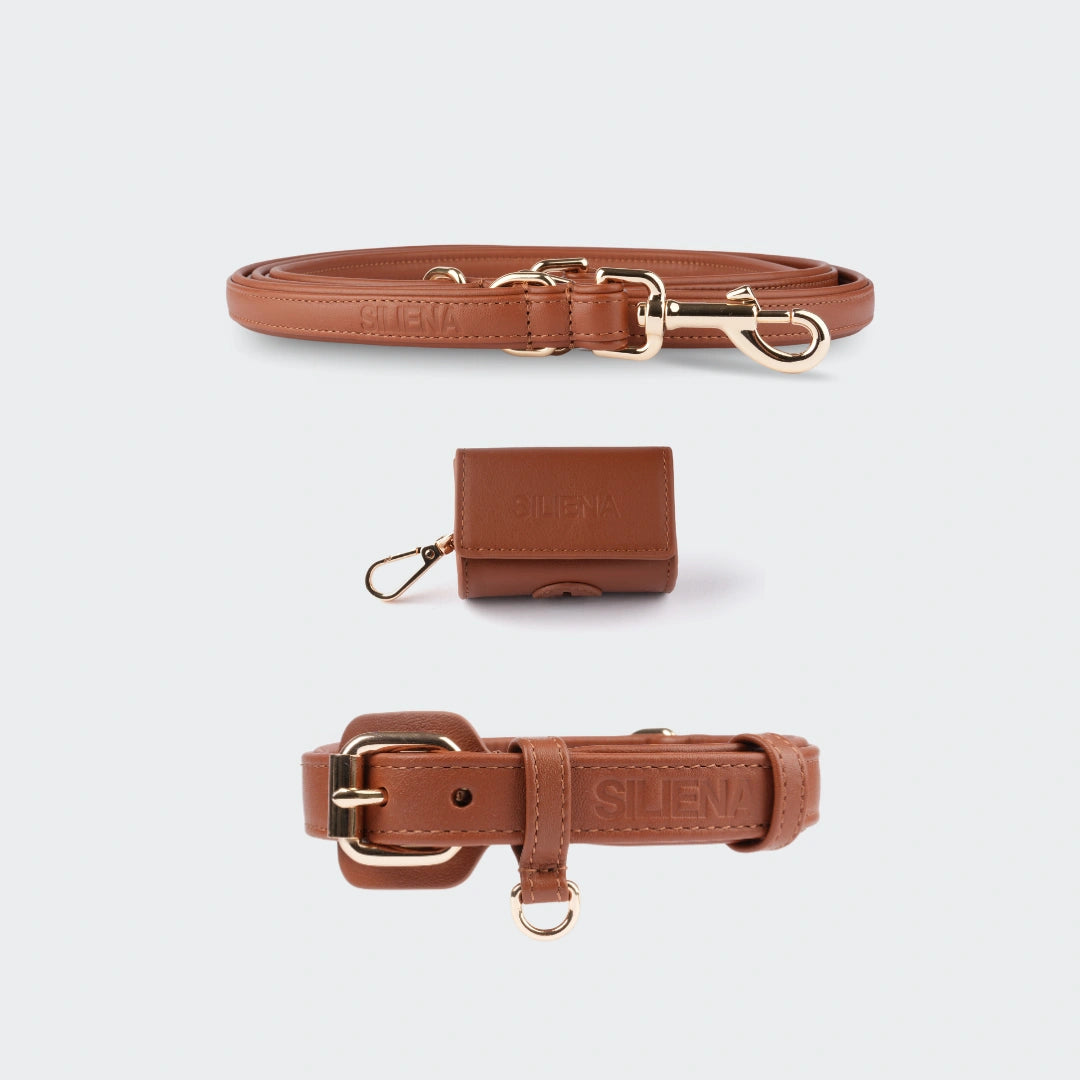
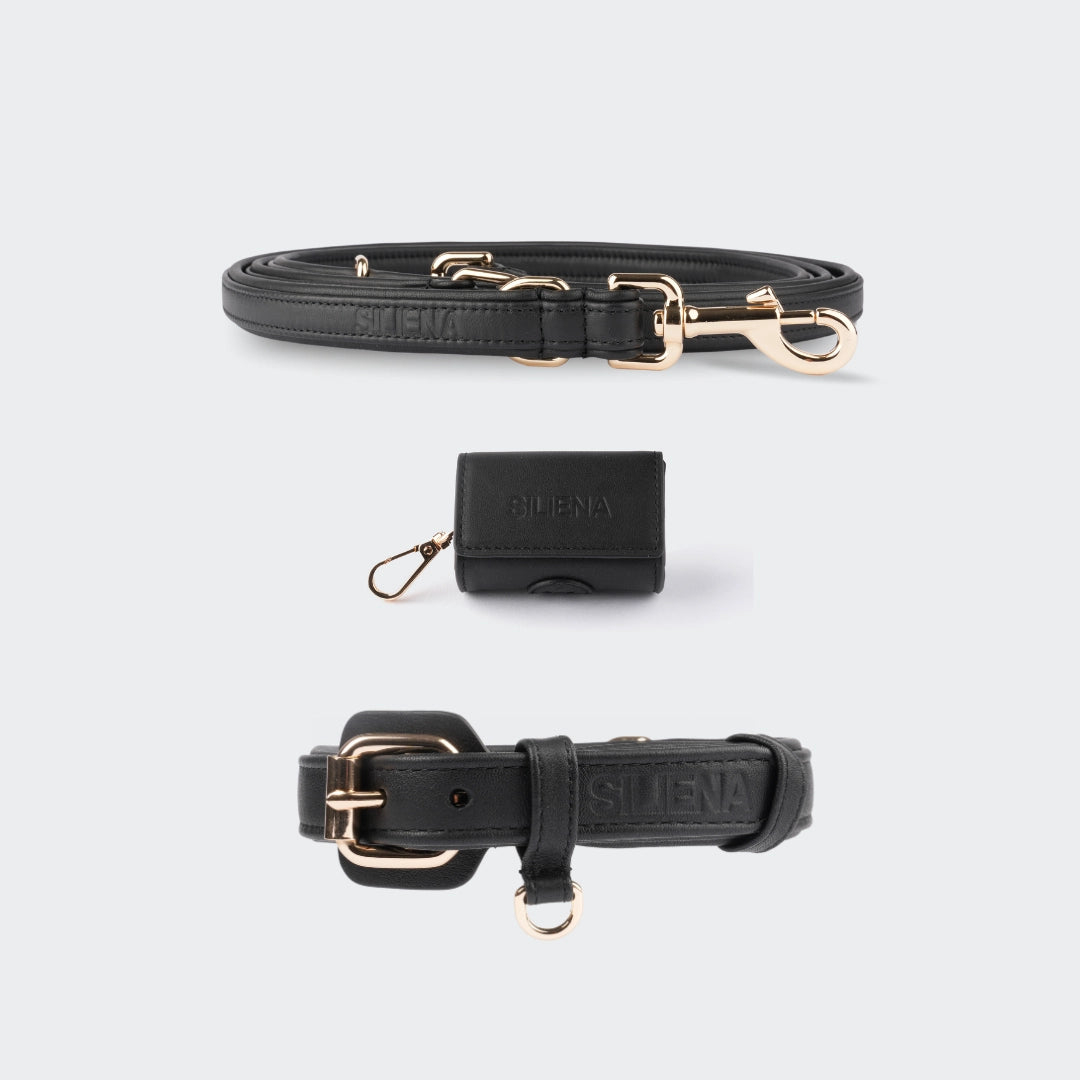
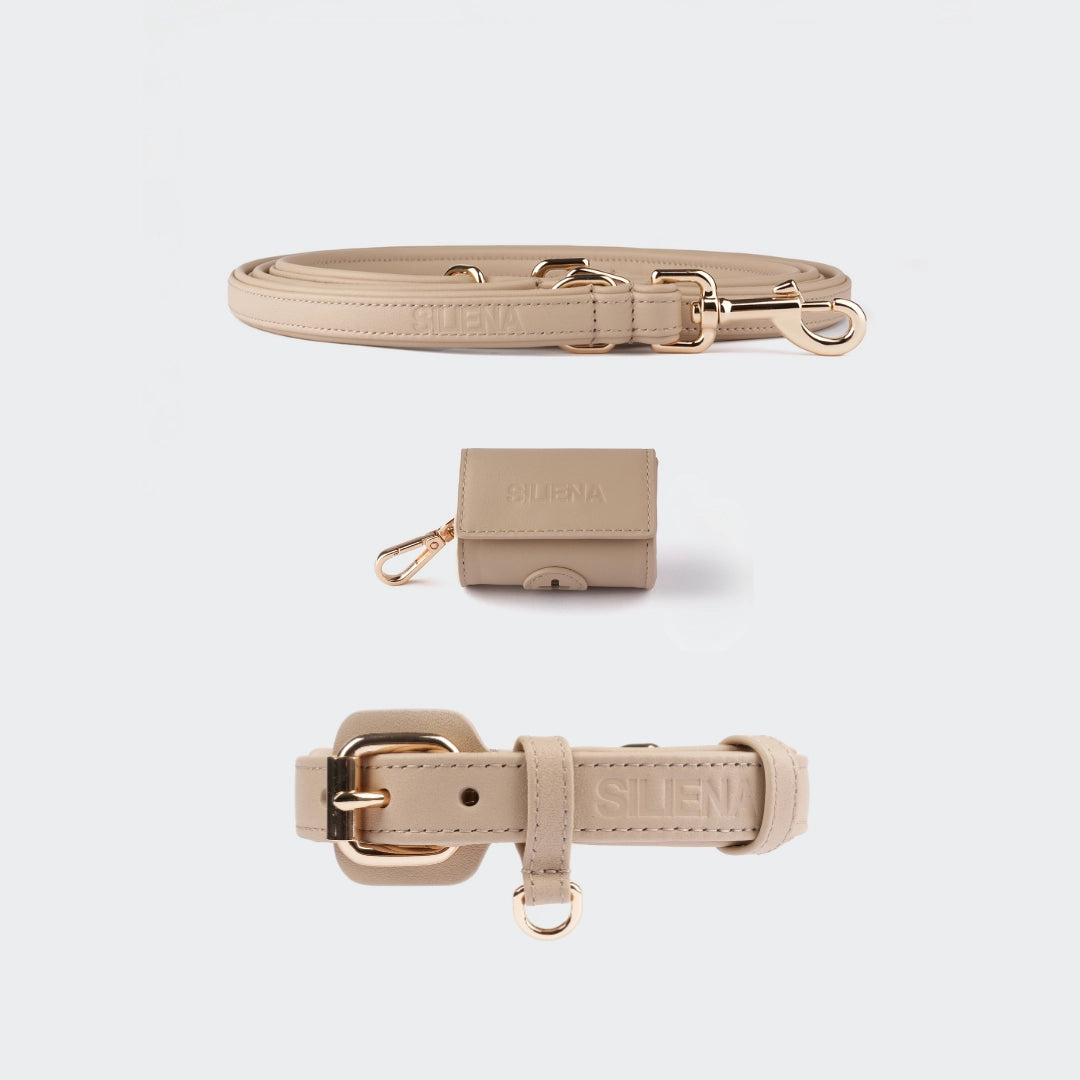
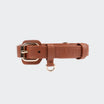
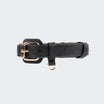

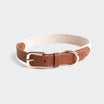
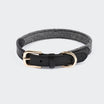
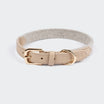

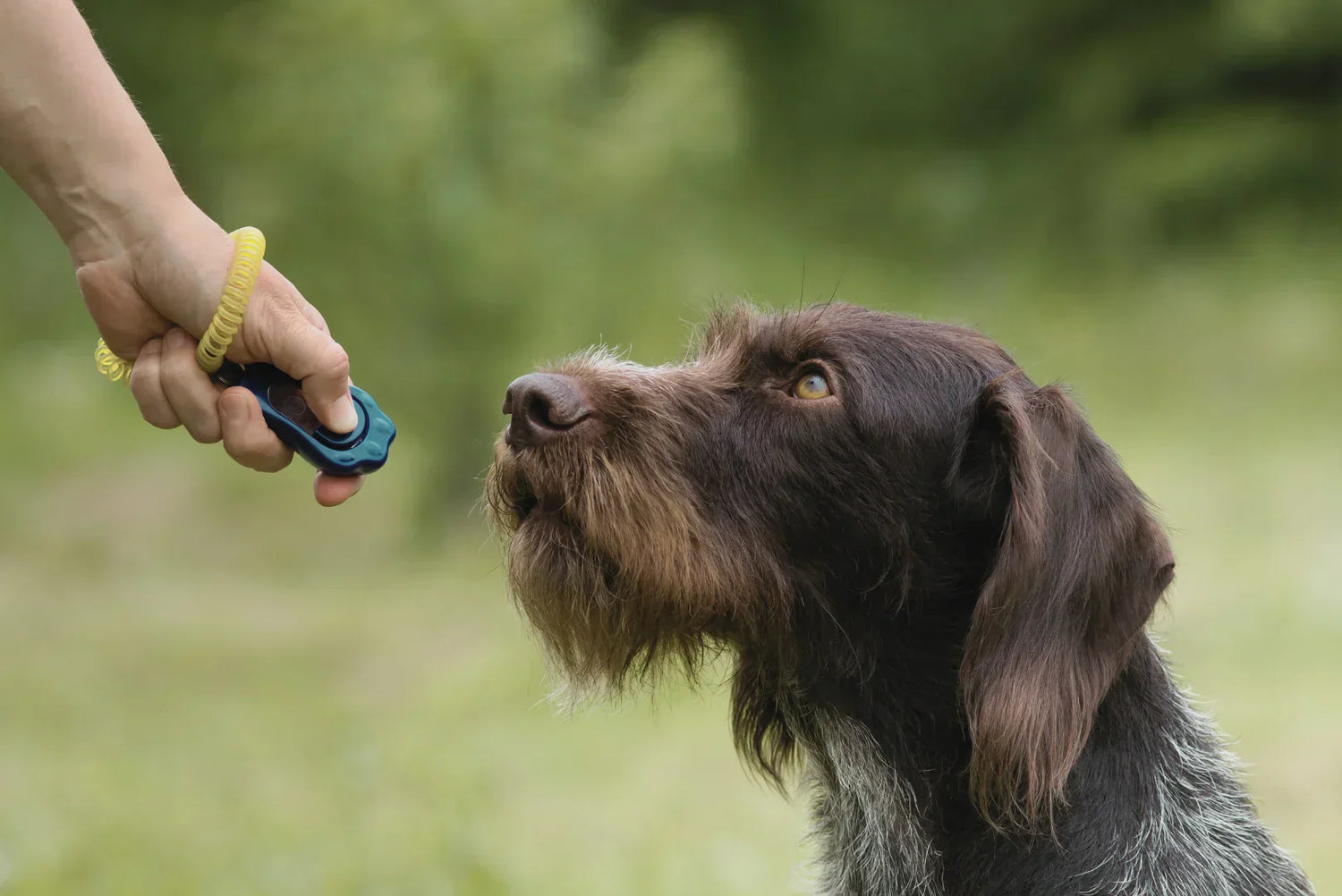
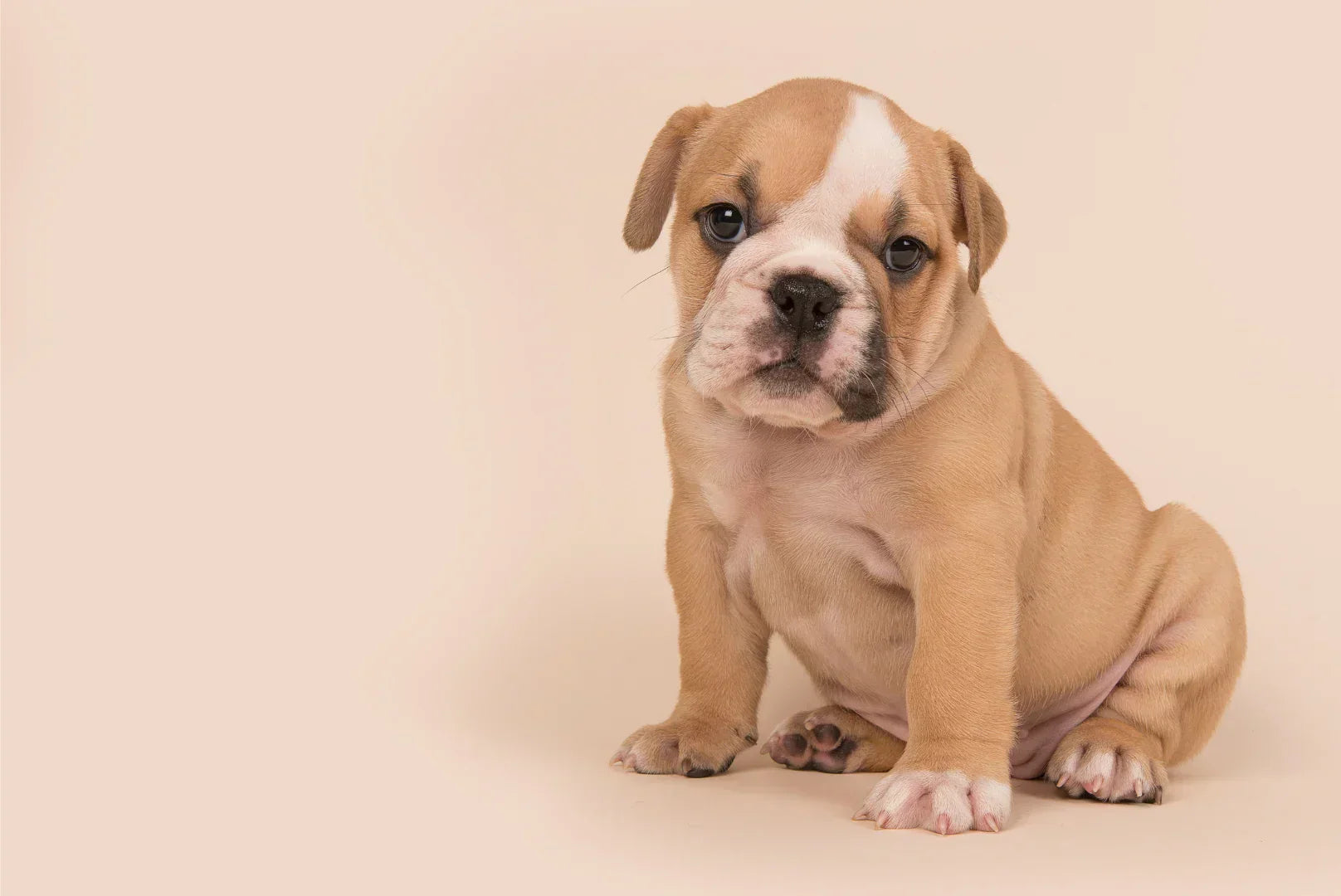
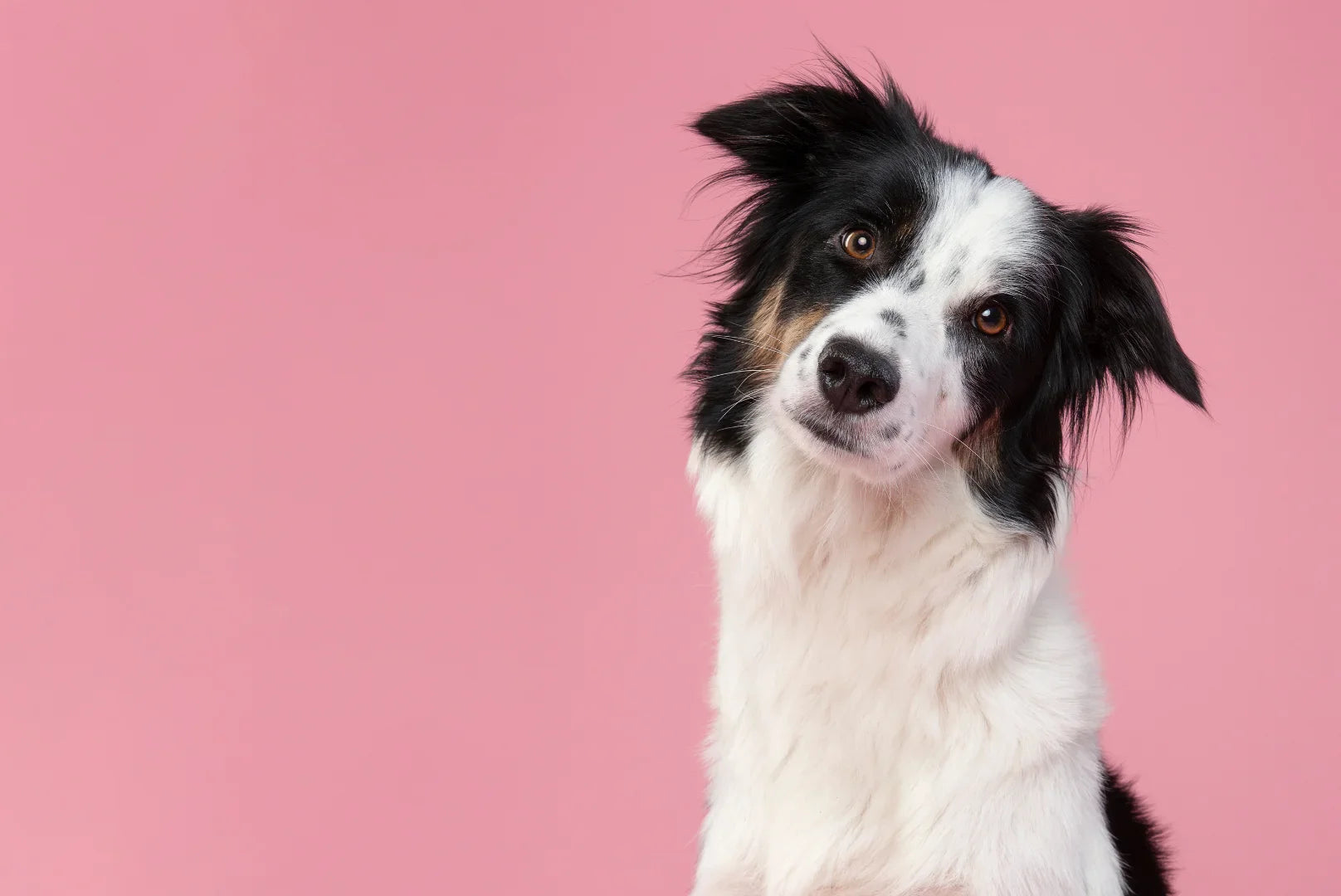


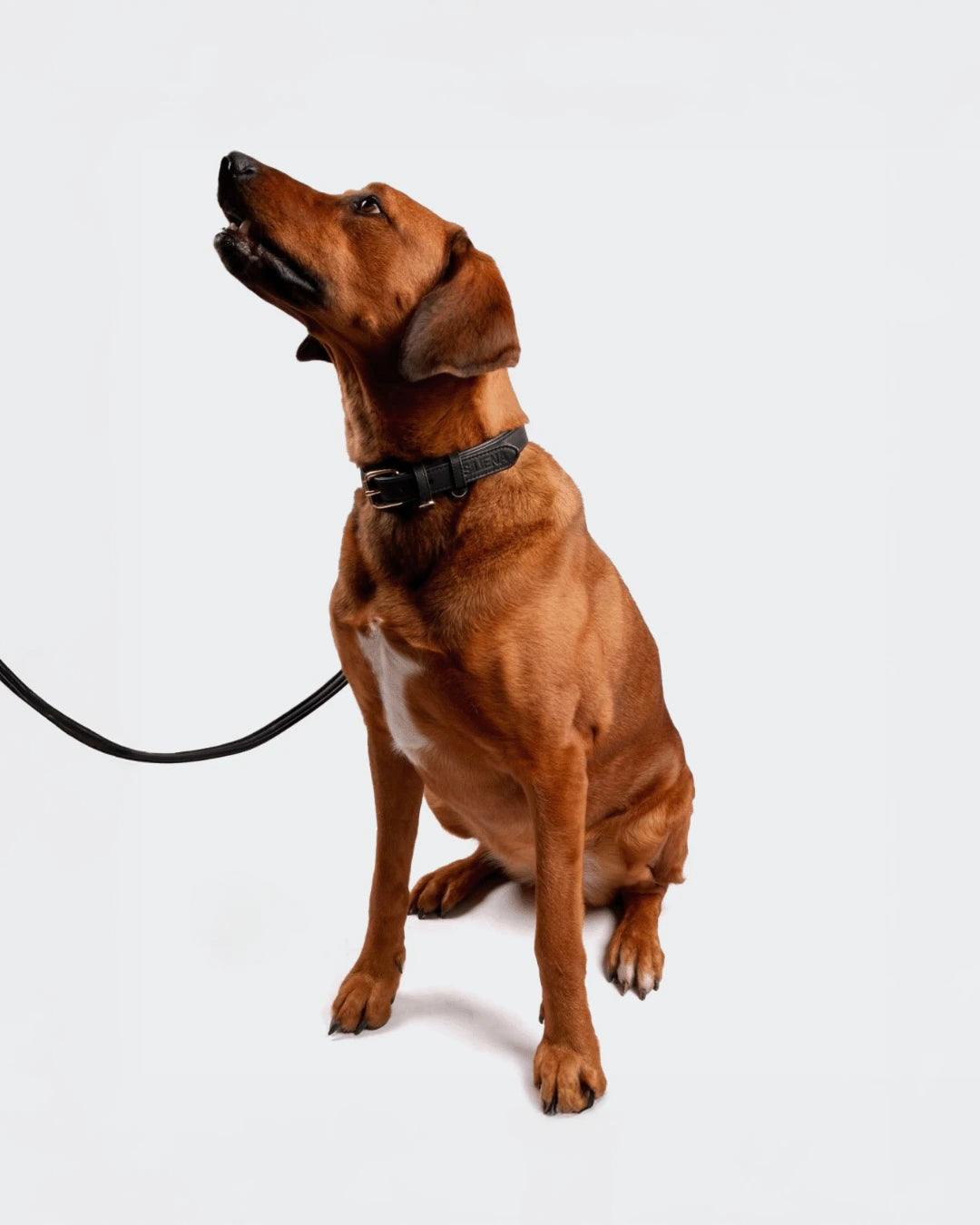
Leave a comment
This site is protected by hCaptcha and the hCaptcha Privacy Policy and Terms of Service apply.